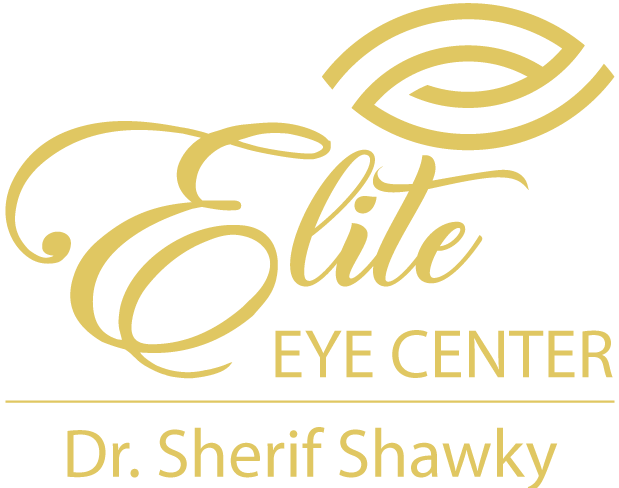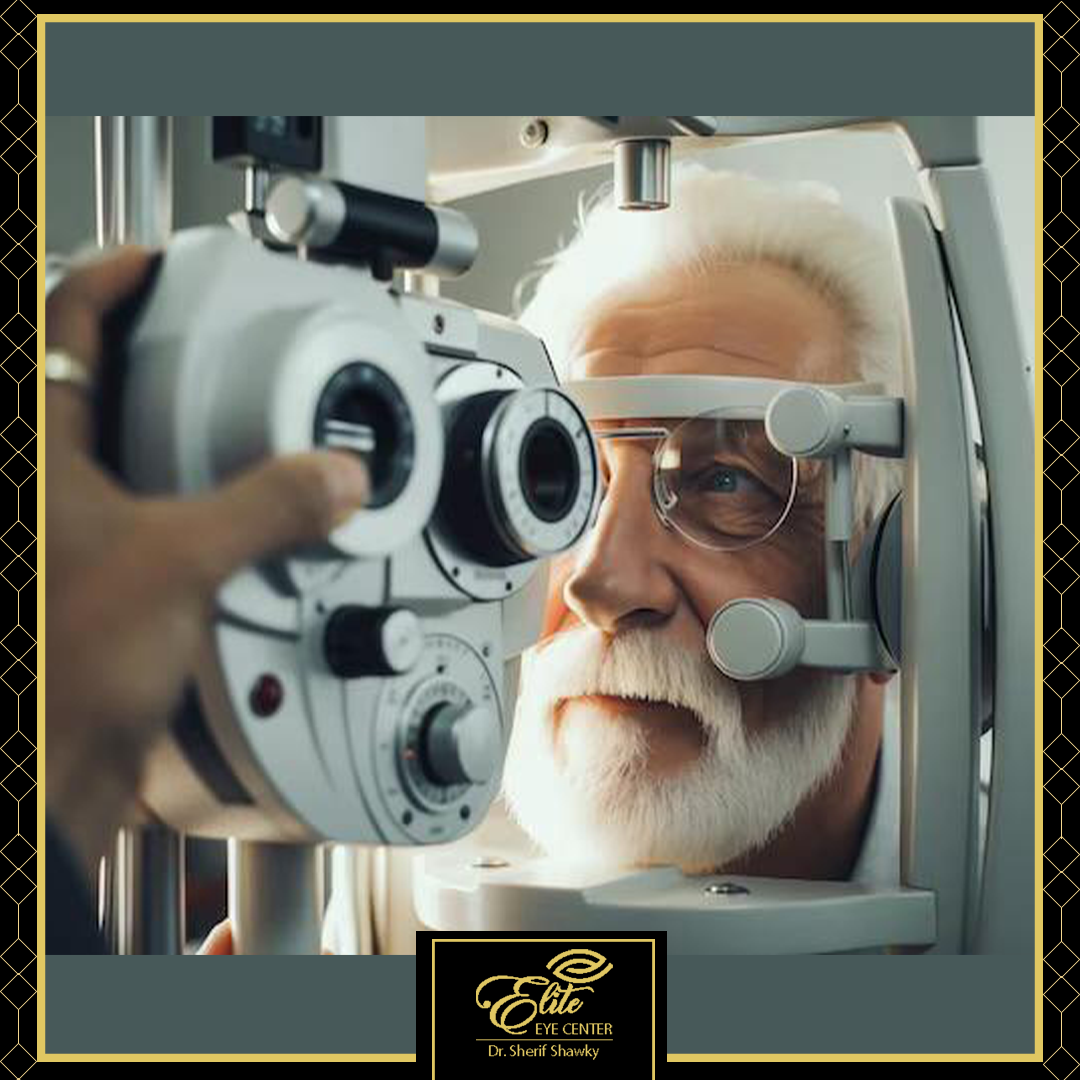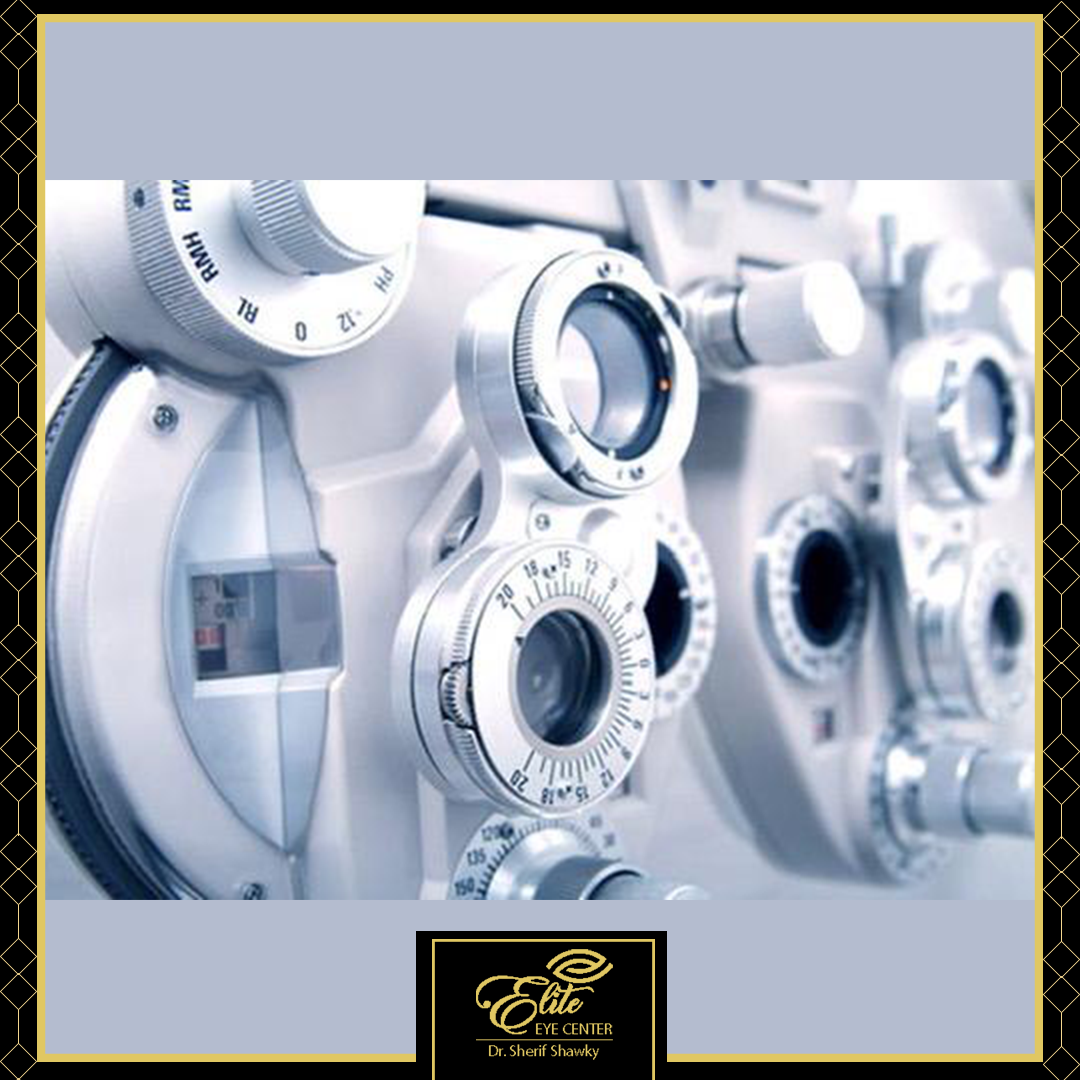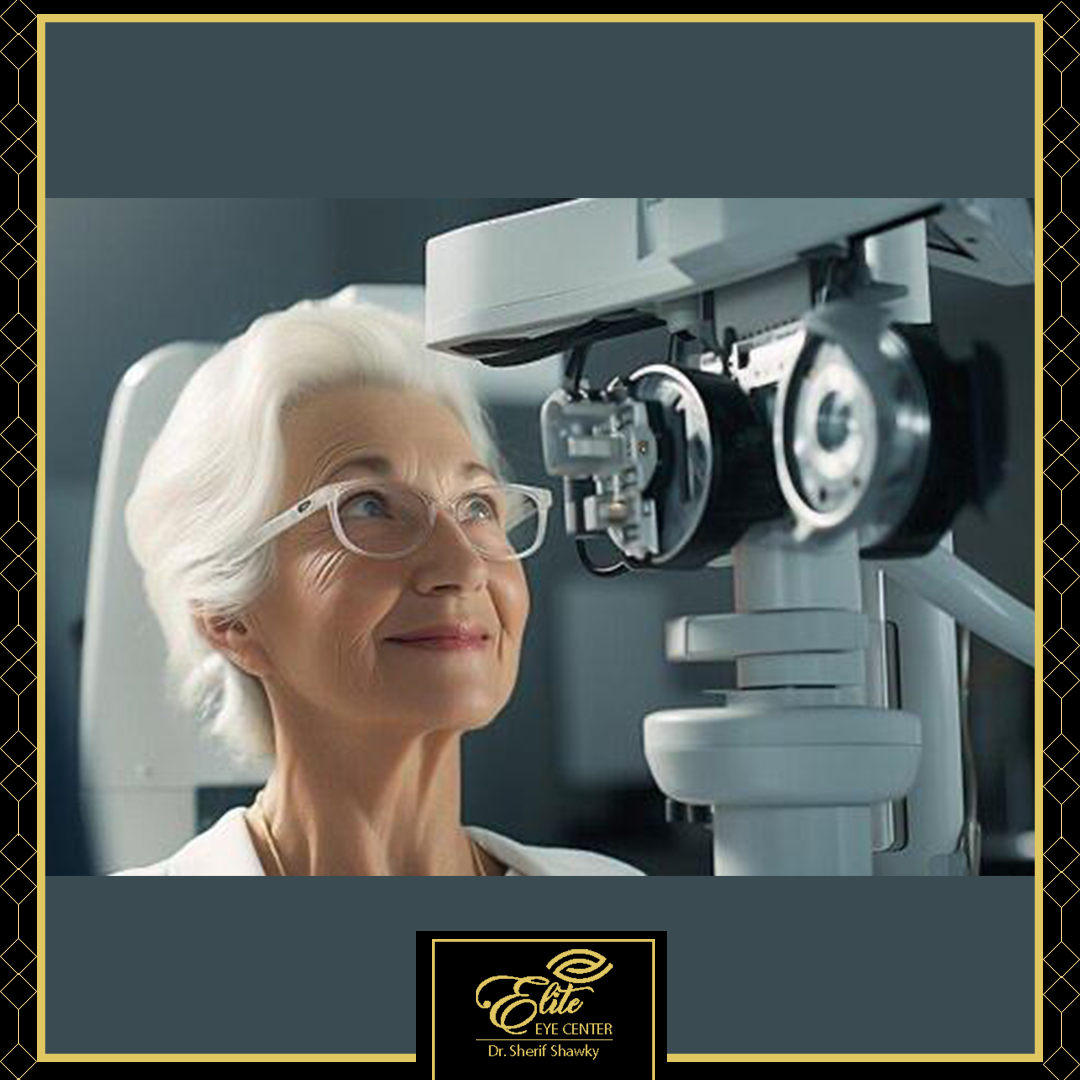Comprehensive eye examination
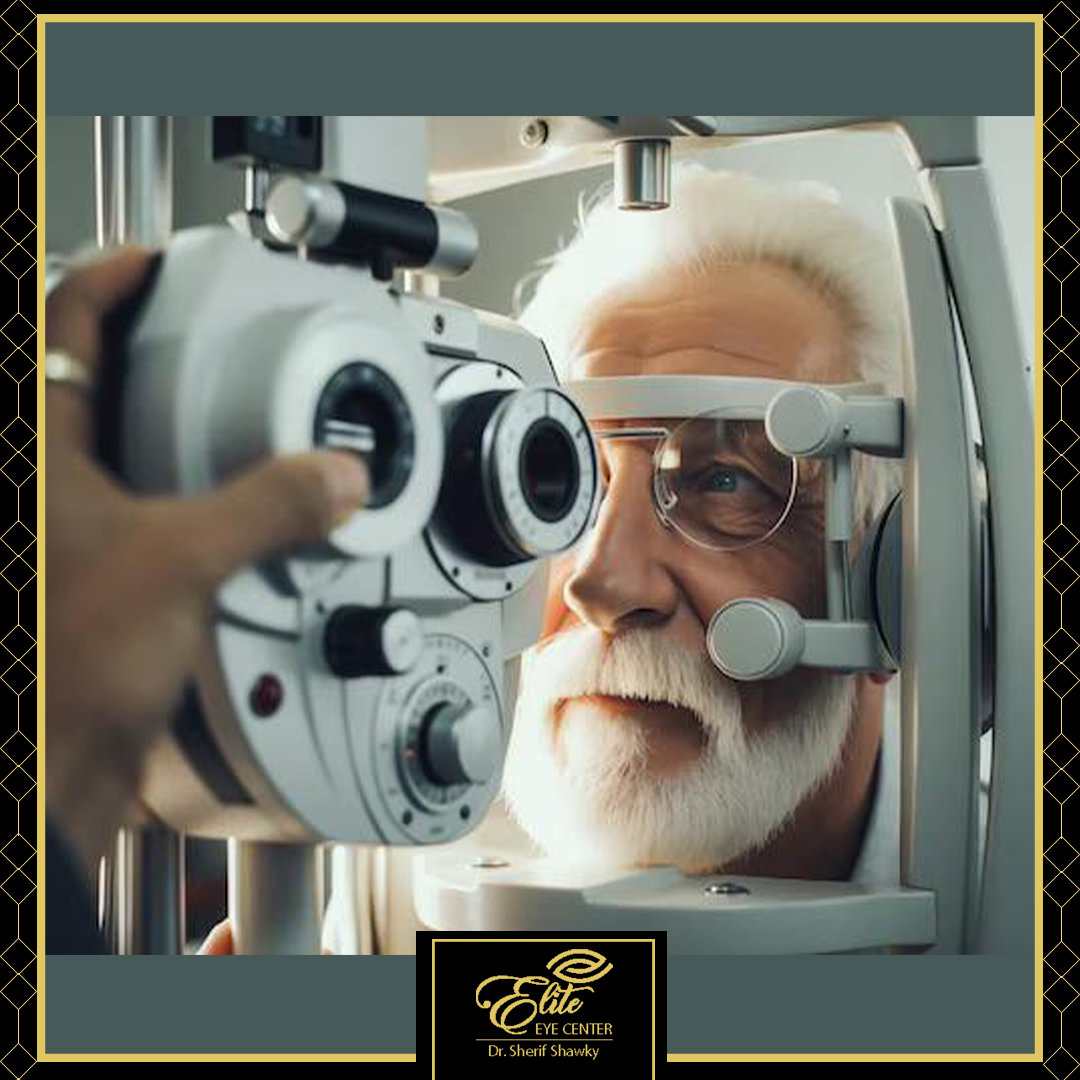
Comprehensive eye examination
A full eye examination, also known as a comprehensive eye exam, is a thorough evaluation of the overall health and function of your eyes. It involves several tests and procedures to assess your vision and detect any potential eye conditions or diseases.
Here are some common components of a full eye examination:
1. Case History: The doctor will ask you about your medical history, family history of eye problems, any current symptoms or concerns, and any medications you are taking.
2. Visual Acuity Test: This test measures the sharpness of your vision using an eye chart. You will be asked to read letters or numbers from a specific distance.
3. Refraction Test: This test determines your eyeglass prescription. The doctor will use a device called a phoropter and ask you to compare different lens options to find the clearest vision.
4. Eye Muscle Movement Test (squint): The doctor will check the alignment and coordination of your eye muscles by asking you to follow an object with your eyes.
5. Peripheral Vision Test: Also known as a visual field test, this evaluates your side or peripheral vision. You will be asked to focus on a central point while indicating when you see objects in your peripheral vision.
6. Slit Lamp Exam: This examination uses a device called a slit lamp, which provides a magnified view of the front structures of your eye, including the cornea, iris, and lens. It helps detect conditions like cataracts, uveitis, corneal ulcers, and dry eye syndrome.
7. Intraocular Pressure Measurement: This test measures the pressure inside your eyes and is commonly used to screen for glaucoma. It is often done using an instrument called an air puff.
8. Dilated Eye Examination: The doctor may put eye drops in your eyes to dilate your pupils. This allows them to examine the structures at the back of your eye, including the retina, optic nerve, and blood vessels. It helps detect conditions like macular degeneration, diabetic retinopathy, and retinal detachment.
9. Additional Tests: Depending on your specific needs and symptoms, additional tests may be performed. These can include color vision testing, depth perception testing, or imaging tests like optical coherence tomography (OCT) or fundus photography.
After the examination, the doctor will discuss their findings with you, provide any necessary recommendations, and answer any questions you may have. They may also prescribe corrective lenses, and medications, or suggest further treatment if any eye conditions are detected. It is generally recommended to have a full eye examination every one to two years, or as advised by your doctor.
